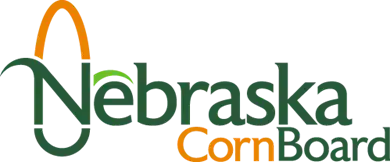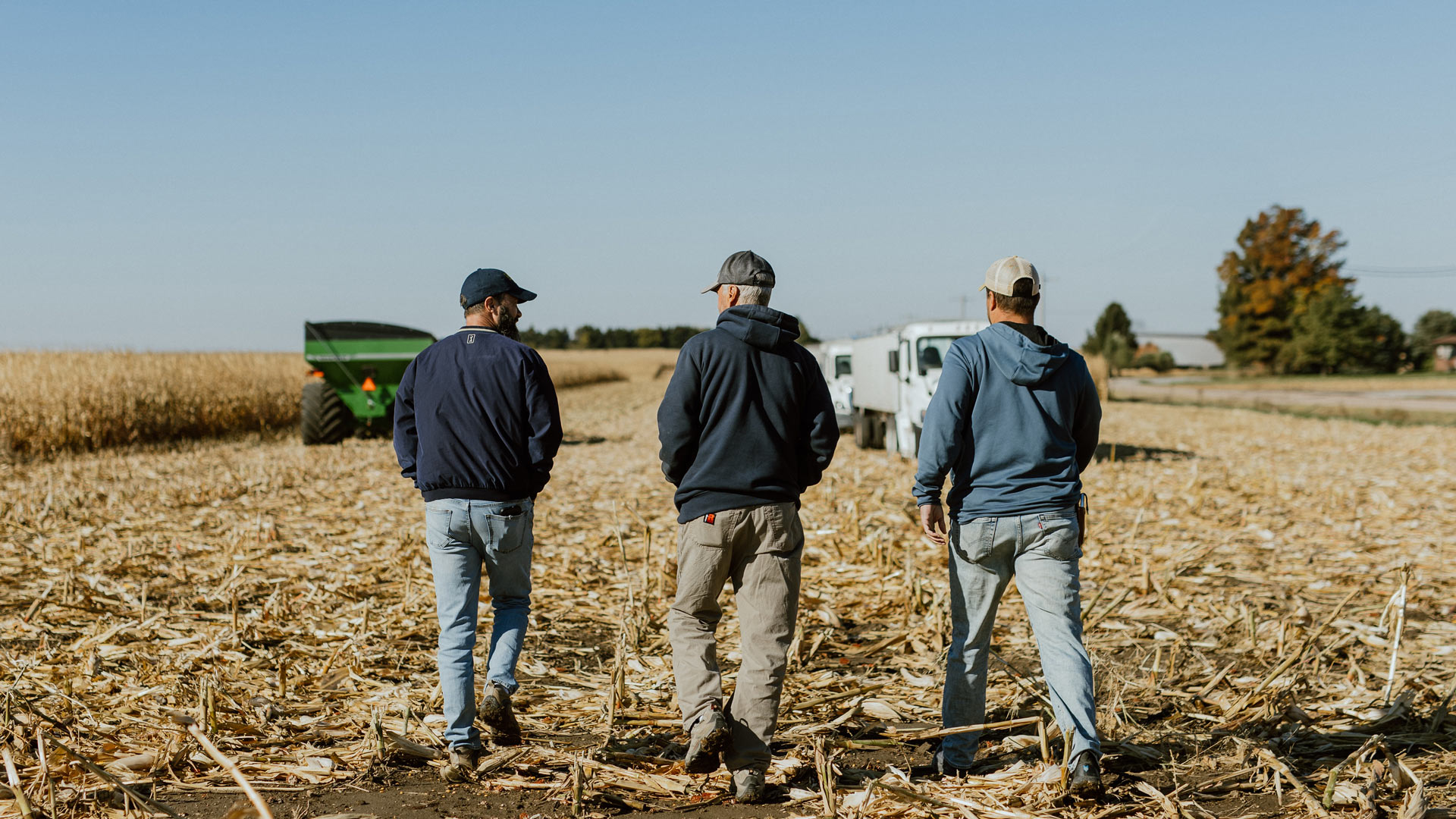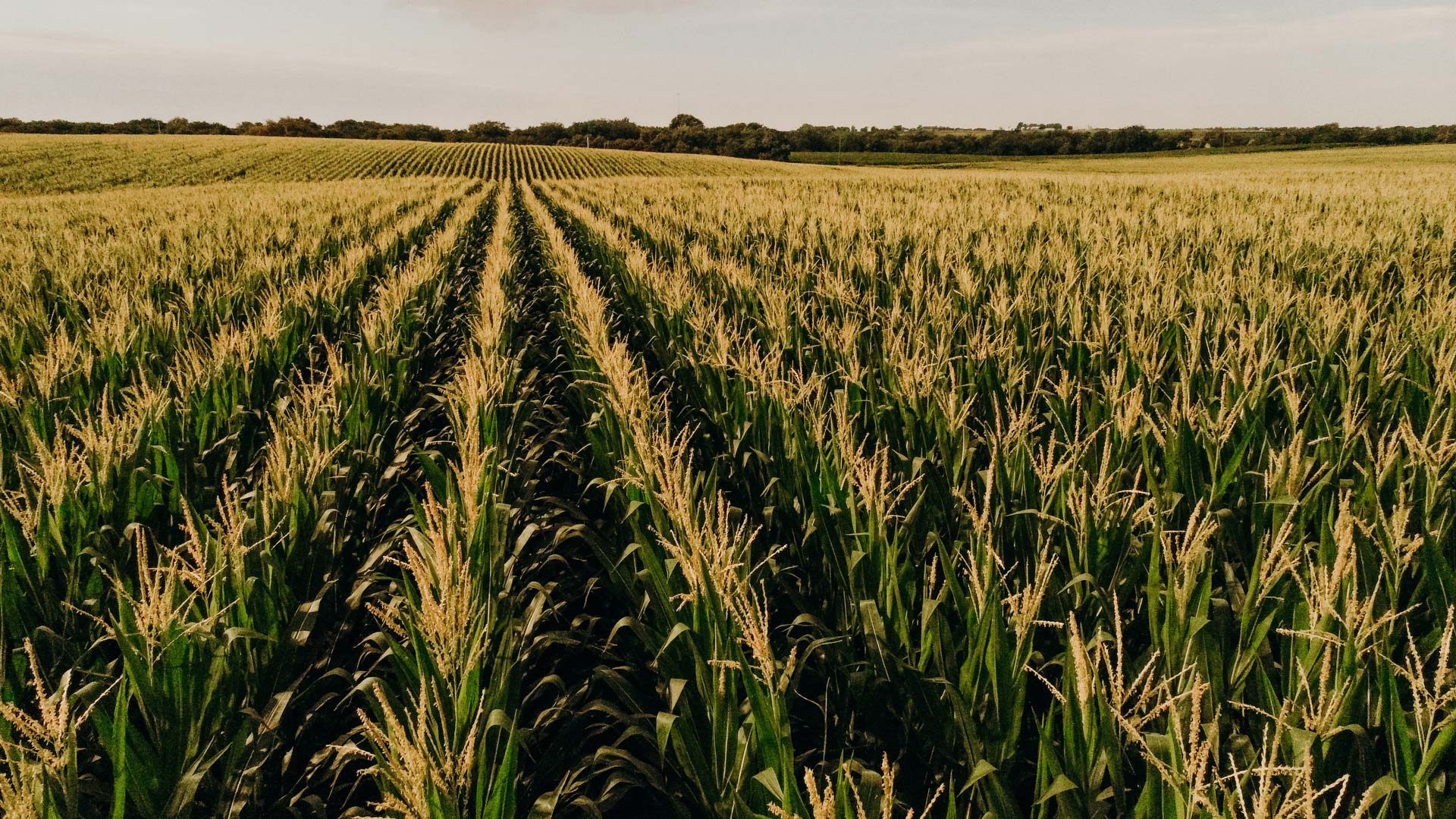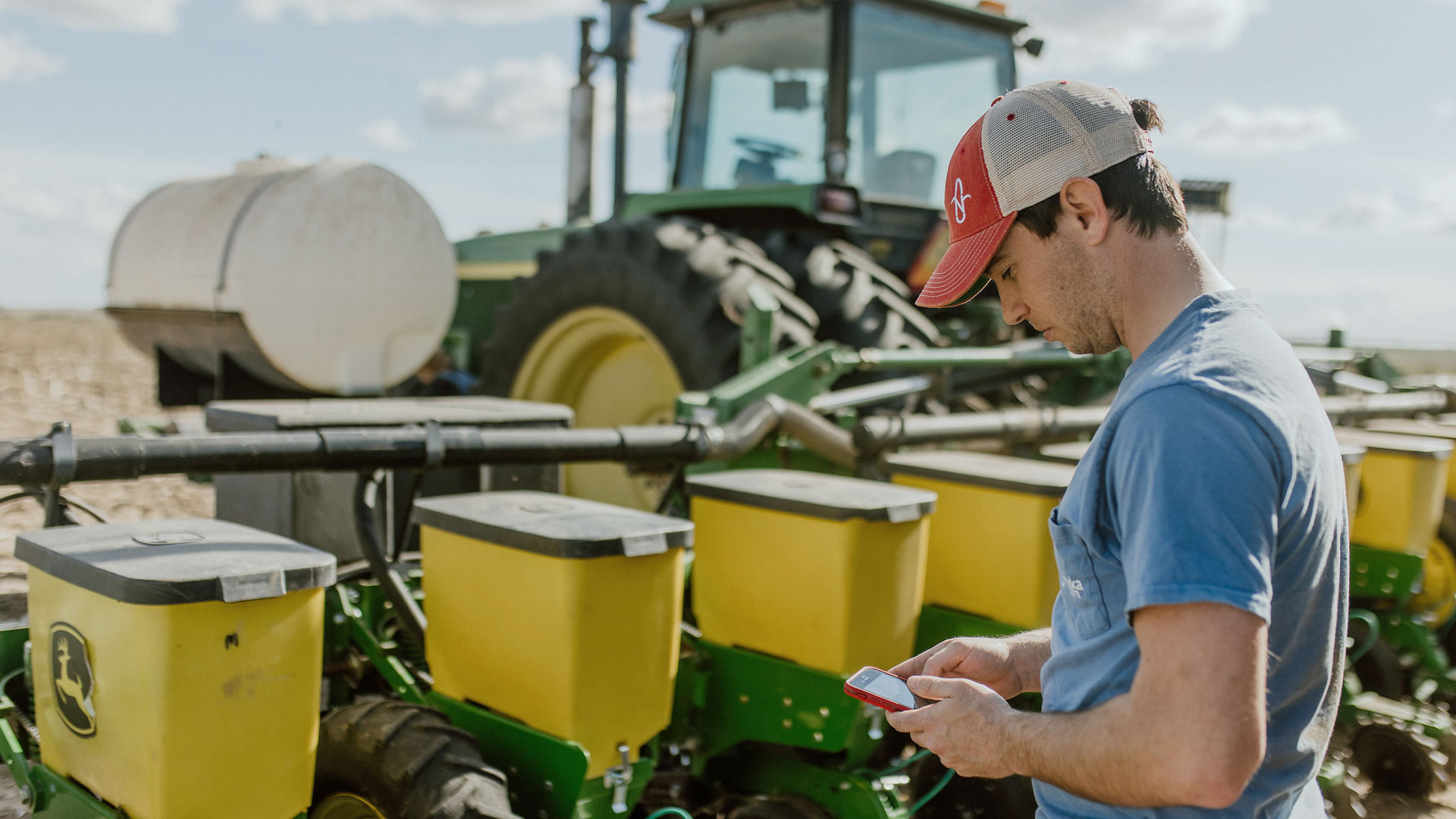Precision agriculture is revolutionizing the way Nebraska corn farmers grow their crops. By using advanced technology and data analytics, growers are able to maximize yields while minimizing waste.
This new approach is helping Nebraska corn farmers increase yields, save money, implement more sustainable farming methods and be even better stewards of the environment—in many cases, with just the touch of a screen.
Here’s a closer look at some of the precision agriculture tools farmers use today, their benefits and even more cutting-edge agriculture technology being developed for the future.
What is Precision Farming?
Precision farming is a management strategy that uses technology and data to guide decisions.
Courtney Nelson, precision agriculture trainer at Northeast Community College in Norfolk, Nebraska, said layers of data provided by precision ag technology empower farmers to make more accurate choices.
“It’s a management philosophy or a way of thinking where we use data to make more intentional and more informed decisions,” she said.
Common Precision Farming Tools and Methods in Nebraska
Farmers across Nebraska are using precision agriculture equipment such as sensors, mapping systems, autosteer and drones. Here are examples of how farmers use these precision agriculture tools in the fields:
- On-board GPS and GIS: Today’s tractors provide layers of precise data through on-board computer systems such as global positioning systems (GPS), geographic information systems (GIS) and autosteer. Data-rich maps created by these systems enable farmers to track factors such as planting rates, yields and even the exact location of pesticide or fertilizer application. This allows farmers to, in the case of nutrient application, only apply fertilizer to the areas of the field that need it.
- Sensors and remote control: Tracking systems are available to monitor and control equipment such as irrigation pivots or storage bins, providing farmers with detailed information about the operation of those systems. Farmers can monitor and control these components via a smartphone app.
- Autosteer: Working in conjunction with the on-board mapping software systems, auto-steer allows farmers to more accurately and evenly plant, harvest, cultivate and tend to their crops. It eliminates redundancies and adds precision.
- Drones. Used in combination with GIS mapping, drone application of fertilizer and pesticide enables farmers to provide extra nourishment or pest protection only to the plants that need it. Drones also are used for checking crop progress, scouting for insect predation/sickness and assessing damage after storms.
This precision agriculture technology gives farmers far more control and allows them to make much more accurate, data-based decisions than they could years ago.
Flying Over the Field: Drones and Precision Agriculture
The most common use for drones in corn farming is applying herbicide or pesticide products to the fields. Drone technology is evolving at lightning speed; Nelson said it’s currently a good option for applying products smaller, irregularly shaped fields that are not easily served by a sprayer or crop-dusting plane. Drones are also currently an up-and-coming option to apply products in larger, rectangular-shaped fields with long rows of crops.
Using drones and precision agriculture to apply herbicide or pesticide also is helpful when conditions are too muddy for equipment to navigate the fields.
“That’s where I really see the opportunity,” she said. “Or, if the field is surrounded by trees or power lines [that make aerial application dangerous.]”
Key Benefits of Precision Agriculture/Farming
The biggest advantage of precision agriculture or farming is the ability to make more accurate decisions while saving time and money. Making more precise decisions also helps farmers increase crop yields and use less inputs such as seed, fertilizer and pesticides.
Nelson, who teaches precision ag to high school students in Northeast Community College’s 20-county service area, said the precision ag tools allow farmers to use historical data on yields and field conditions in ways they couldn’t before.
For example, she said software now uses that data to plant fewer seeds in areas that are traditionally very dry or very wet—preventing the farmer from wasting seeds in a low-yielding area.
“It can tell the planter where to plant and how much to plant,” Nelson explained.
The Horizon: Developing Future Innovations in Precision Agriculture
Where will precision farming technology go in the future? Nelson believes artificial intelligence, robotics and “the internet of things”—connected devices able to collect, send and receive real-time data—will all make more of an impact on the future of corn growing.
“That’s really kind of a new space that [we] haven’t really entered,” she said.
Precision Ag: A Tool That Enhances Smart Farming Skills
There are many benefits of precision agriculture. However, like all technology, its true value is who is using it. These tools do not replace years of farming experience, the value of good advice from a fellow corn farmer and on-the-job training that comes from time spent in the fields. Precision agriculture tools simply complement those skills.
“All of these [precision agriculture] tools are not meant to replace the power and value of our human brains and our human instincts,” Nelson explained. “They’re meant to be a tool to enhance our decision making and help make our lives easier.




